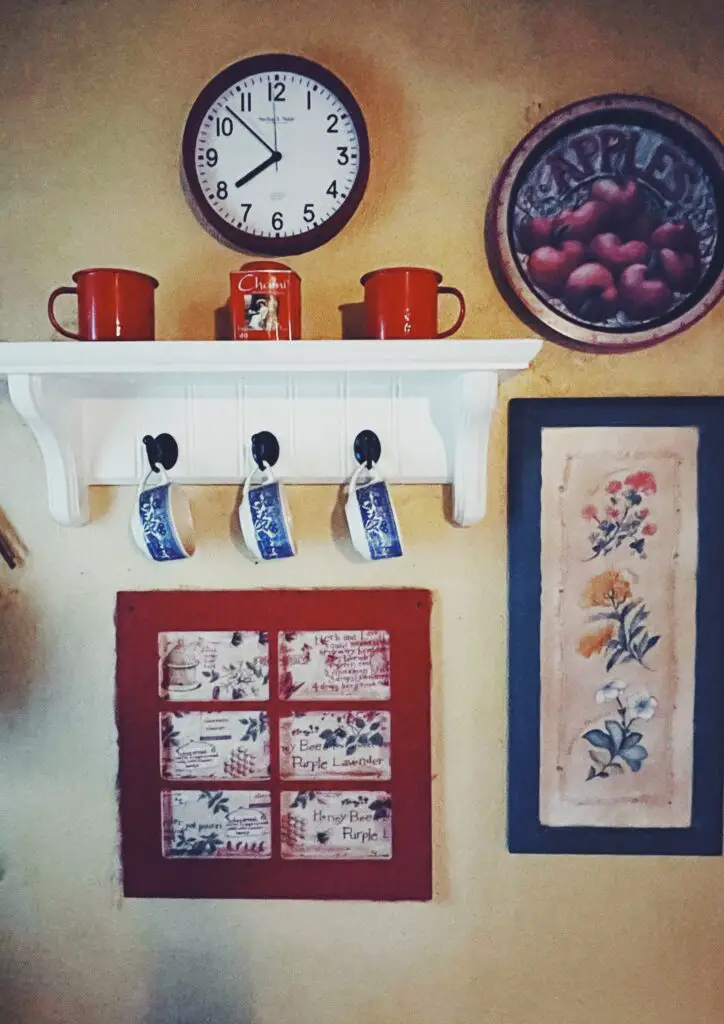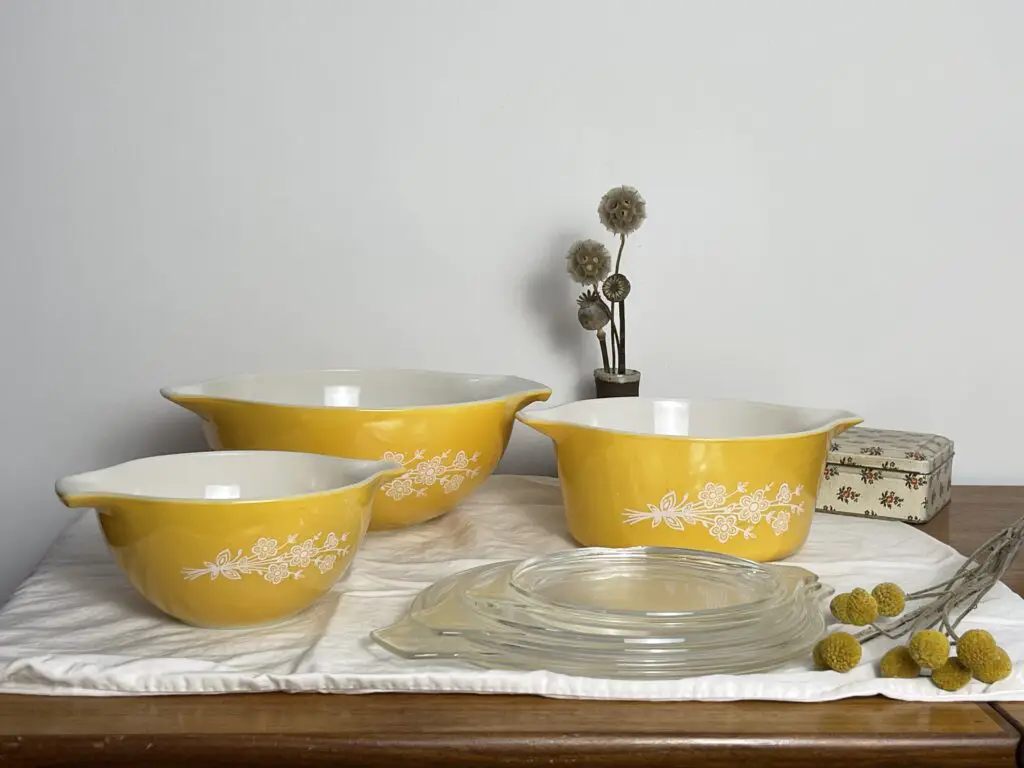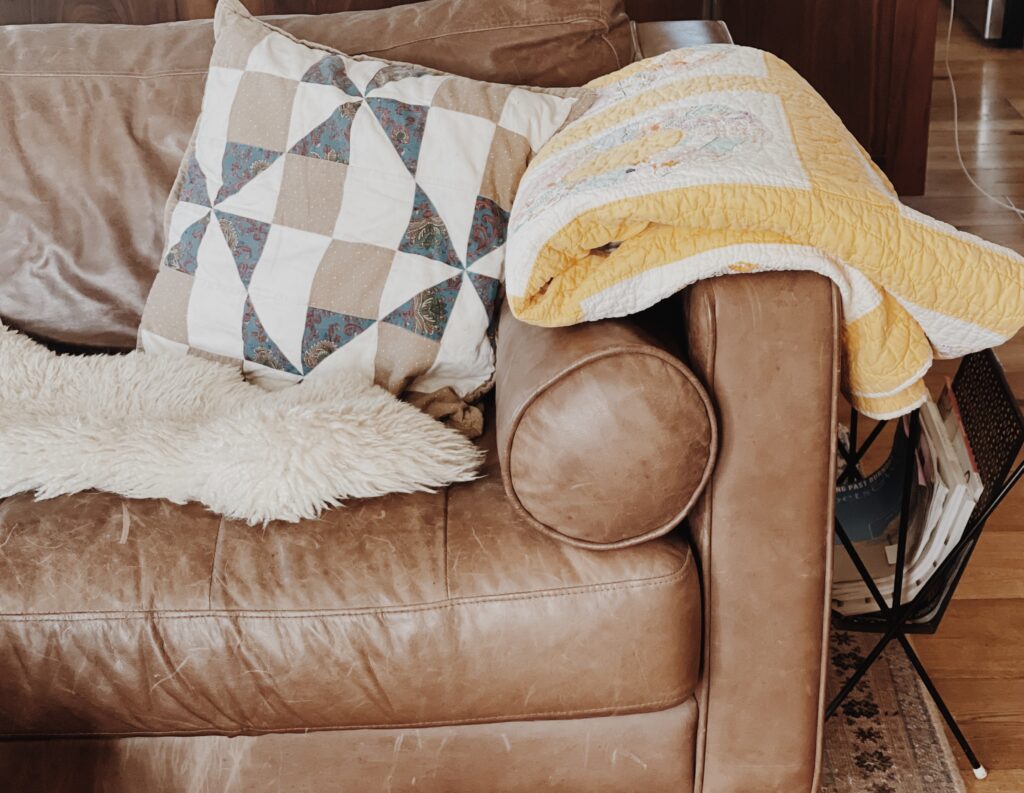Flea markets are a great place to find vintage textiles, old books, ironstone bowls, and all other manners of vintage goods. Today I’m sharing my top tips for enjoying your day and scoring the best deals when you’re out scouring the stalls at your local flea market.

Contents
1. Plan to arrive early
Flea markets are often more crowded later in the day, so the best finds are almost always scored very early on. I finish up my shopping by the time the crowds start forming.
2. Bring a flashlight with you
If you follow my first flea market shopping tip and arrive early, you may also be there before sunrise. Bring a flashlight so you can see the items clearly. You want to evaluate their quality.
3. Dress in comfortable shoes
At larger flea markets you might walk a good 4.5 miles while you’re checking out all of the vendors. It’s good exercise but for that much walking, you’ll want to wear good walking shoes.
4. Walk twice around the area
You can see what’s available at the whole show this way. I do a quick breeze by all the vendors and then make another pass to take another look at the items I’m interested in.
5. Bring your own cart
You can carry multiple items this way. Use a cart to transport the items you bought. Walking so much makes carrying purchases difficult. I’ve got to a flea market without a cart (and by cart I mean it can be a little red wagon or even a garden cart) and have been very disappointed in myself having to run around back and forth from my car to the various vendors I’d purchased from.
6. Always bring cash, but credit cards are sometimes accepted too
These days, most of us use plastic for shopping, but you should bring cash to the flea market. It makes negotiating easier. That said, it’s becoming more and more common for vendors to use technology like Square to provide credit card processing, so not all is lost if you don’t have cash (or enough cash) on you. Always ask if they take credit cards!

7. Get to know people
Get to know the vendors as much as possible. Buying from certain booths on a regular basis builds trust. They can also keep an eye out for specific items and make suggestions. In some cases, vendors will hold items for loyal customers. It’s a pleasure to meet people at flea markets, get to know what they sell, and get to know them too. I’ve become dear friends with some of the vendors I’ve purchased from regularly. It’s not just a business transaction, these are people who love what they sell and also typically know a lot about their wares. Get to know them. Bring them muffins. Become friends.
8. Don’t wait
When you see something you love, grab it. But if you’re iffy or unsure then you should hold off and think about it. Don’t let emotions get in your way. But if you’re still thinking about it a few hours later, in my experience, you need to go back and start negotiating. I’ve been known to let something I loved go because it was priced a little higher than I’d liked. I’d thought about it all day long, but when I went back to the stall, the piece was already being hauled off by another customer. Boo. If you’re iffy about something, hold off for a little while but if it sticks in your head for an hour then you need to go back and start negotiating.
9. Don’t bargain too low
Remember that the vendors work hard to find items. Be mindful not to bargain too low. This is disrespectful. Sure you can try to negotiate a better price on something you think is slightly overpriced but wasting your time and the vendor’s time by playing games with underbidding on something won’t get you far. It’s best to develop friendly relationships with the vendors (as they are usually there with their goods every weekend!) and offering a realistic price for something rather than something ridiculously low, will get you off to the right start in developing a relationship.


